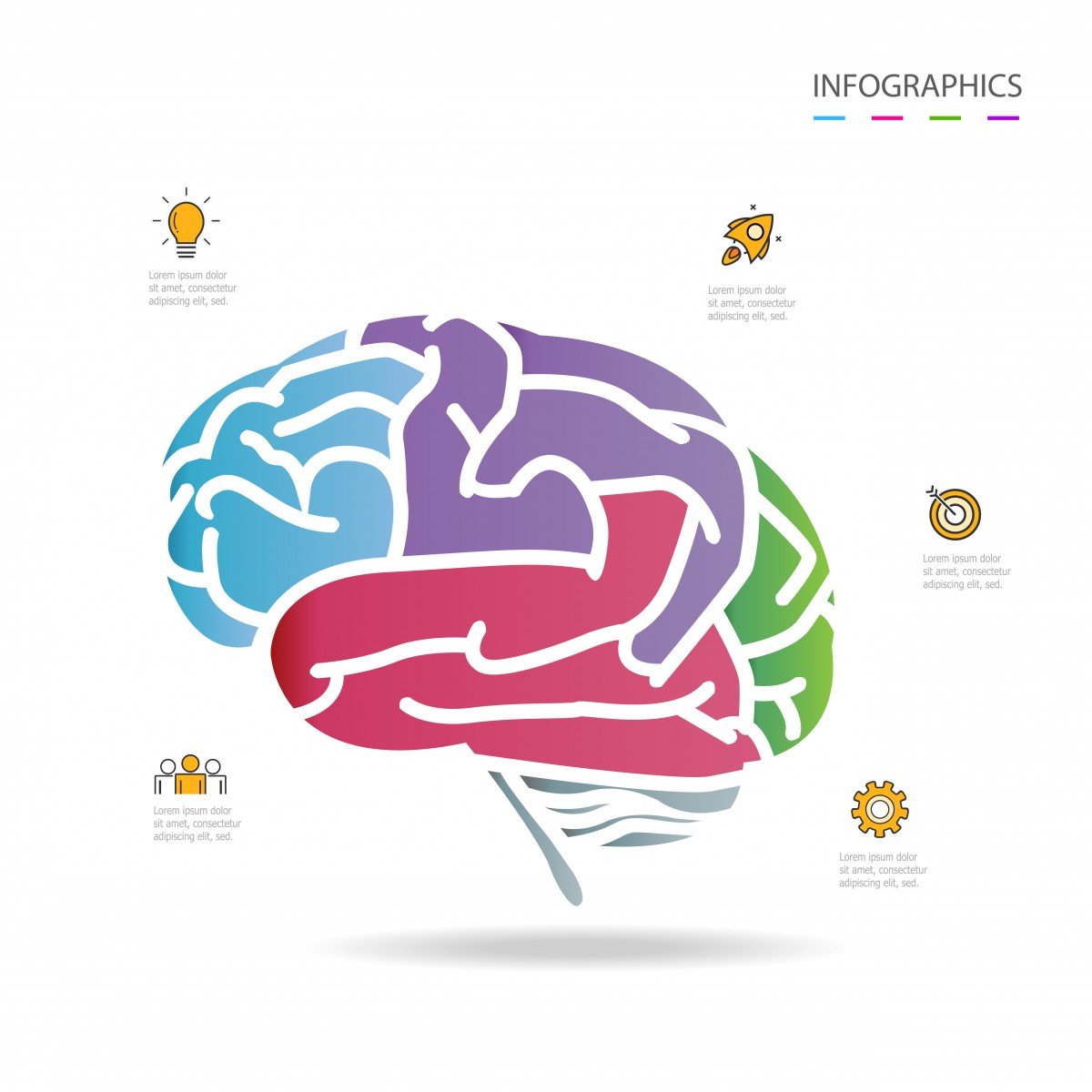ADNI, a Global Neuroimaging Initiative, Encourages Worldwide Effort to Combat Alzheimer’s Spread
Written by |

The Alzheimer’s Disease Neuroimaging Initiative (ADNI) seeks help from leading experts, pharmaceutical companies and nonprofit organizations around the world to fight Alzheimer’s disease.
Alzheimer’s disease is the most common cause of dementia among older adults, according to the Centers for Disease Control and Prevention (CDC). It is the fifth leading cause of death for adults aged 65 years and older, and the sixth leading cause of death for all adults. Alzheimer’s disease involves parts of the brain that control thought, memory, and language and over time can seriously affect a person’s ability to carry out daily activities such as handling money.
“You may have a grandparent now who can’t manage their own finances, or who can’t shower on their own independently,” Michael W. Weiner, MD, who began research on treating Alzheimer’s 25 ago, said in a news release. “It is a big problem with huge costs to society.”
Weiner is the director of the Center for Imaging of Neurodegenerative Disease at the San Francisco Veterans Affairs Medical Center. He’s also principal investigator of ADNI, a landmark partnership and study that for the last 12 years has worked to identify the earliest changes in brain structure and function that signal the onset and progression of Alzheimer’s. ADNI brings together scholars, biomedical companies and nonprofit groups to uncover the biological markers that track Alzheimer’s progression.
The study, led by the National Institute on Aging with support from the Foundation for the National Institutes of Health and more than 30 other organizations, uses imaging, biochemical and genetic data to identify changes taking place in the brains of 800 individuals with normal cognition and at different stages of disease.
ADNI launched its third phase in September 2016. Researchers aim to recruit 1,200 volunteers to join the existing participants. Doctors will evaluate the newcomers with positron emission tomography (PET) imaging techniques to monitor brain levels of tau, a protein that is often abnormal in Alzheimer’s patients.
This third phase will also use cutting-edge biology analyses to assess complex interactions between the brain and body. Researchers will also evaluate participants’ cognitive function and measure changes in their ability to handle money, one of the warning signs of Alzheimer’s.
Data generated from ADNI is open source, meaning that it is immediately made available to any researcher at any organization. So far, ADNI’s data have been downloaded for research purposes more than 14 million times, and over 1,200 scientific papers have been published based on its discoveries.
“Someday when there are successful treatments for Alzheimer’s disease, all of us are going to know that it was done, in part, because of ADNI data,” Wiener said.





